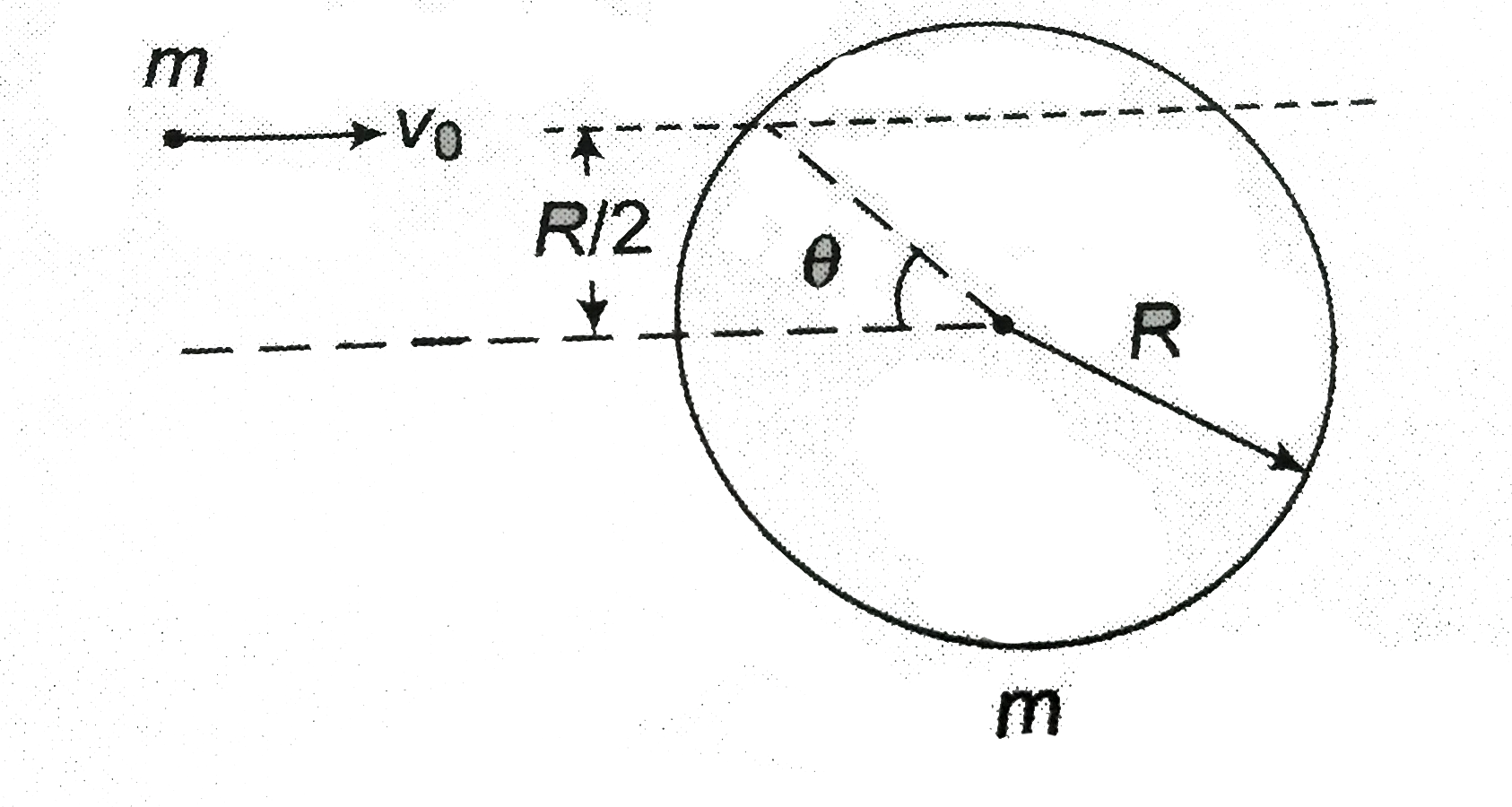A particle of mass m moving with velocity u collides elastically with a particle of mass 3m at rest. After collision the heavier particle moves with velocity. Solution in Telugu
3 u
2u
The correct Answer is:C
Step by step video, text & image solution for A particle of mass m moving with velocity u collides elastically with a particle of mass 3m at rest. After collision the heavier particle moves with velocity. by Physics experts to help you in doubts & scoring excellent marks in Class 11 exams.
Topper's Solved these Questions
- BOOK - AAKASH SERIESCHAPTER - WORK, POWER & ENERGY EXERCISE - PRACTICE EREXCISE (INELASTIC COLLISIONS)4videos
WORK, POWER & ENERGY
- BOOK - AAKASH SERIESCHAPTER - WORK, POWER & ENERGY EXERCISE - PRACTICE EXERCISE (PERFECTLY INELASTIC COLLISIONS)5videos
WORK, POWER & ENERGY
- BOOK - AAKASH SERIESCHAPTER - WORK, POWER & ENERGY EXERCISE - PRACTICE EXERCISE (VERTICAL CIRCLE)12videos
WORK, POWER & ENERGY
- BOOK - AAKASH SERIESCHAPTER - WORK POWER ENERGYEXERCISE - EXERCISE - 361videos
WORK POWER ENERGY
Similar Questions
A 2 kg ball moving at 24 ms undergoes inelastic head on collision with a 4 kg ball moving in the opposite direction at 48 ms. If the coefficient of restitution is 2/3, their velocities in ms-after impact are
View SolutionA shot moving with a velocity 140ms−1 collides a wooden block and comes to rest in it. If mass of the block is 13 times the mass of the shot, velocity of the block is
03:28View SolutionA mass of 0.1kg is rotated in a verticla circle using a string of length 1m. When the string makes an angle 30∘ with the vertical, the speed of the mass is 2ms−1. The radial acceleration of the mass at that instant is
05:09View SolutionIf →A+→B=→Rand2→A+→B is perpendicular to →B then
06:40View SolutionA particle of mass m moving with velocity v0 collides with sphere of same mass at rest , as shown. If the surface of contact is smooth and the collision is elastic, find the velocities of particle and sphere after the collision.
 03:40View Solution
03:40View SolutionA particle of mass m moving with velocity vecV makes a head on elastic collision with another particle of same mass initially at rest. The velocity of the first particle after the collision will be
01:31View SolutionTwo particles of mass m and 2 m moving in opposite directions collide elastically with velocities v and 2v. Find their velocities after collision.
View SolutionA particle of mass m with an initial velocity uˆi collides perfectly elastically with a mass 3 m at rest . It moves with a velocity vˆj after collision , then , v is given by :
View SolutionA particle of mass m with an initial velocity uˆi collides perfectly elastically with a mass 3 m at rest . It moves with a velocity vˆj after collision , then , v is given by :
View SolutionA particle of mass m_1 moves with velocity v_1 and collides with another particle at rest of equal mass. The velocity of the second particle after the elastic collision is
04:32View SolutionA particle of mass m moving with velocity v collides with a stationary particle of mass 2m, makinginelastic collision. The speed of the system after collision, will be
01:28View SolutionA moving particle of mass .m. makes head-on elastic collision with a particle of mass .2m. which is initialy at rest. The fraction of K.E. lost by colliding particle is
View SolutionA moving particle of mass .m. makes head-on elastic collision with a particle of mass 2m. which is initially at rest. What is the fraction of K.E. lost by colliding particle ?
View SolutionA particle of mass m moving with certain velocity collides elastically head on with a particle of mass 4m at rest. The percentage of K.E. transferred is
03:28View SolutionA particle of mass m moving with velocity v is collide with a stationary particle of mass 2 m . The speed of the system , after collision will be ……….
View Solution

